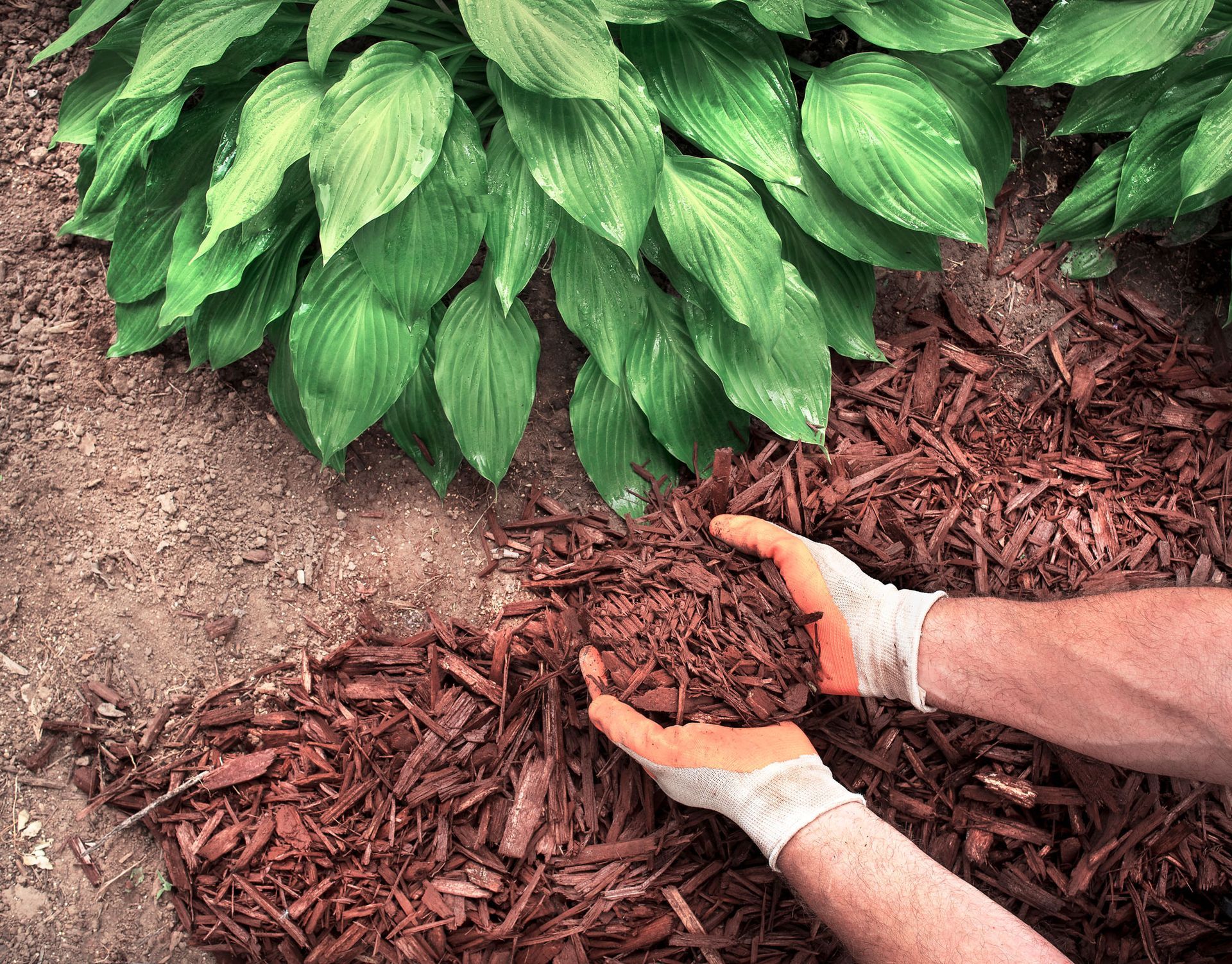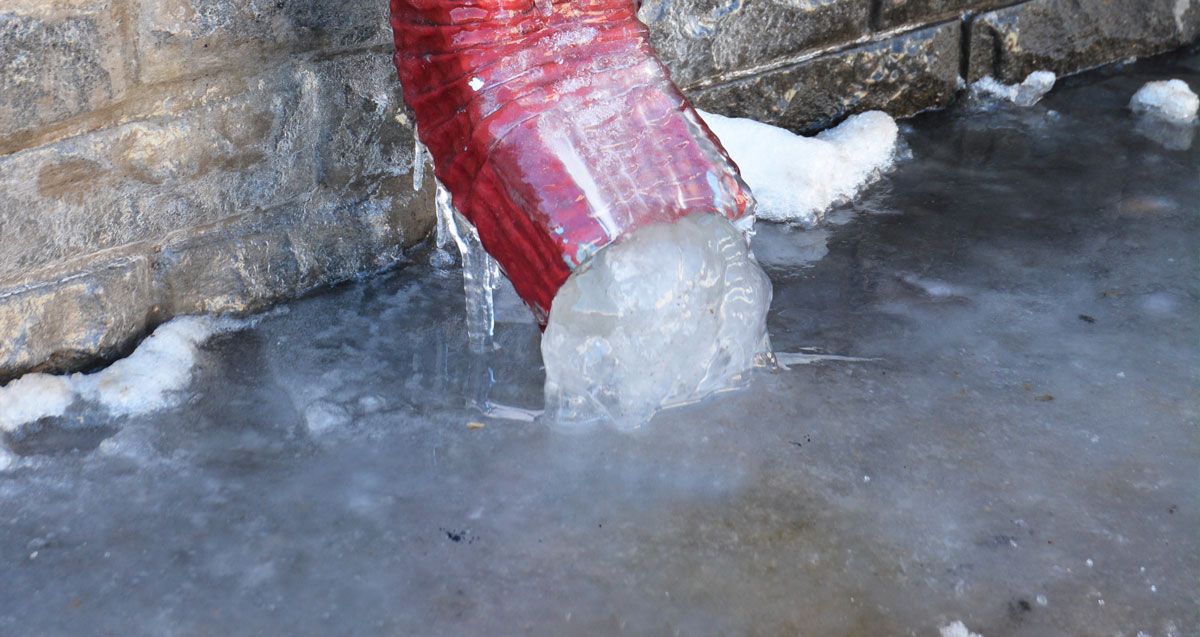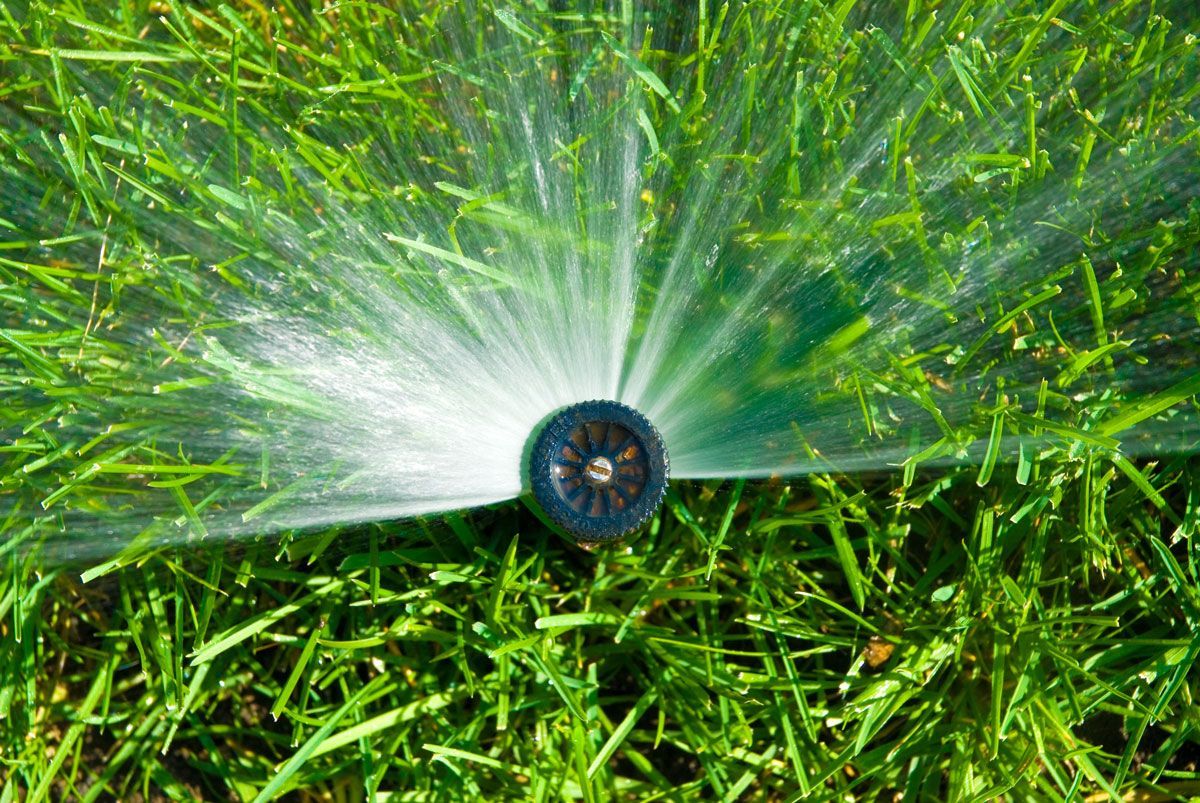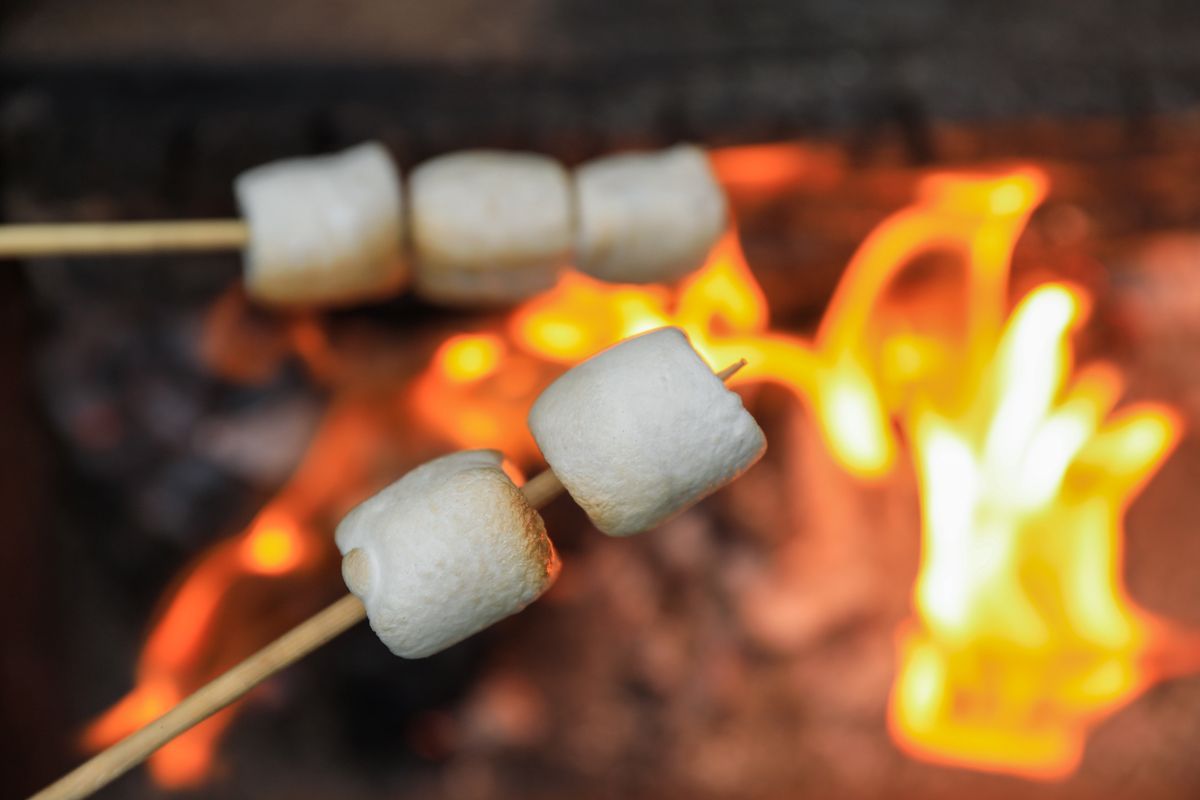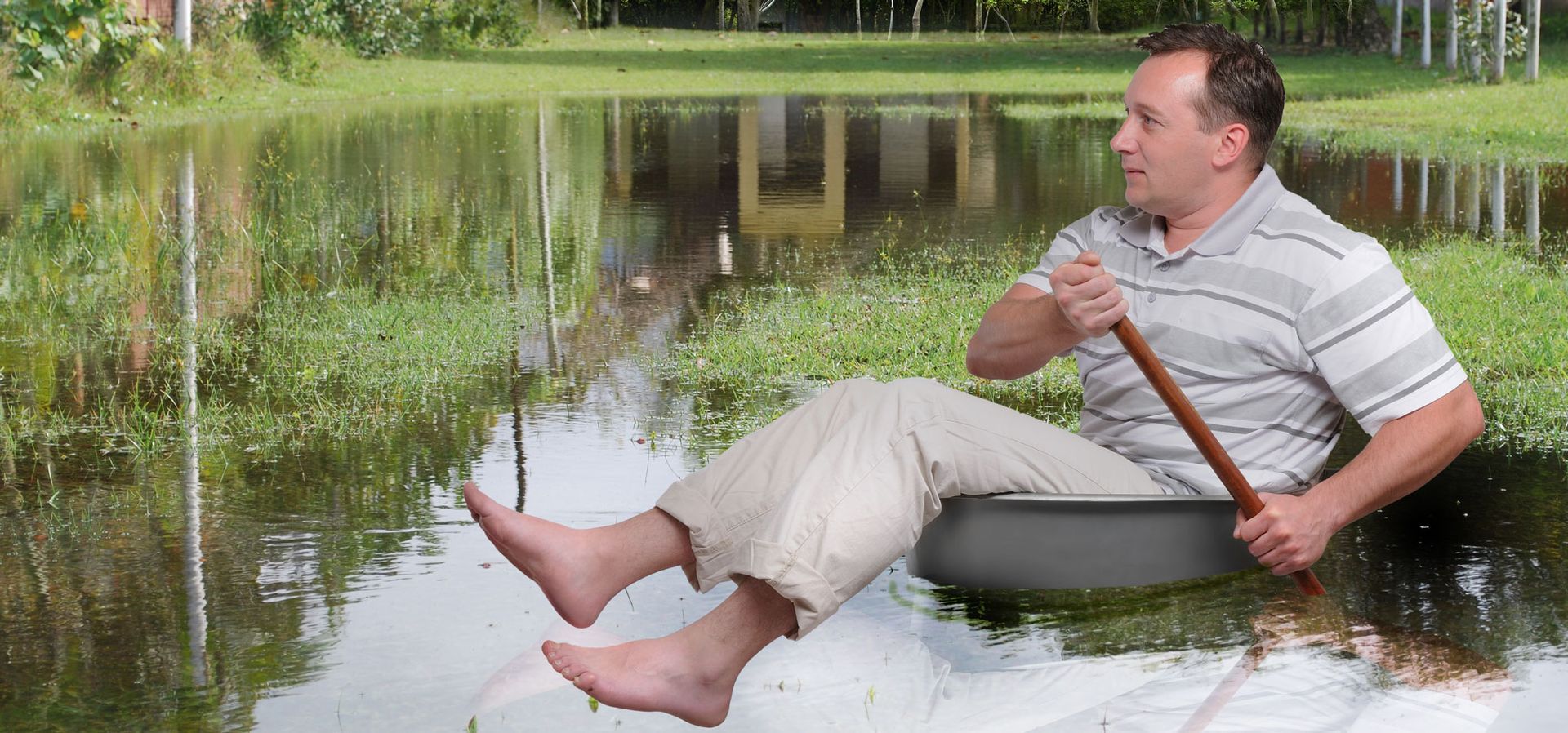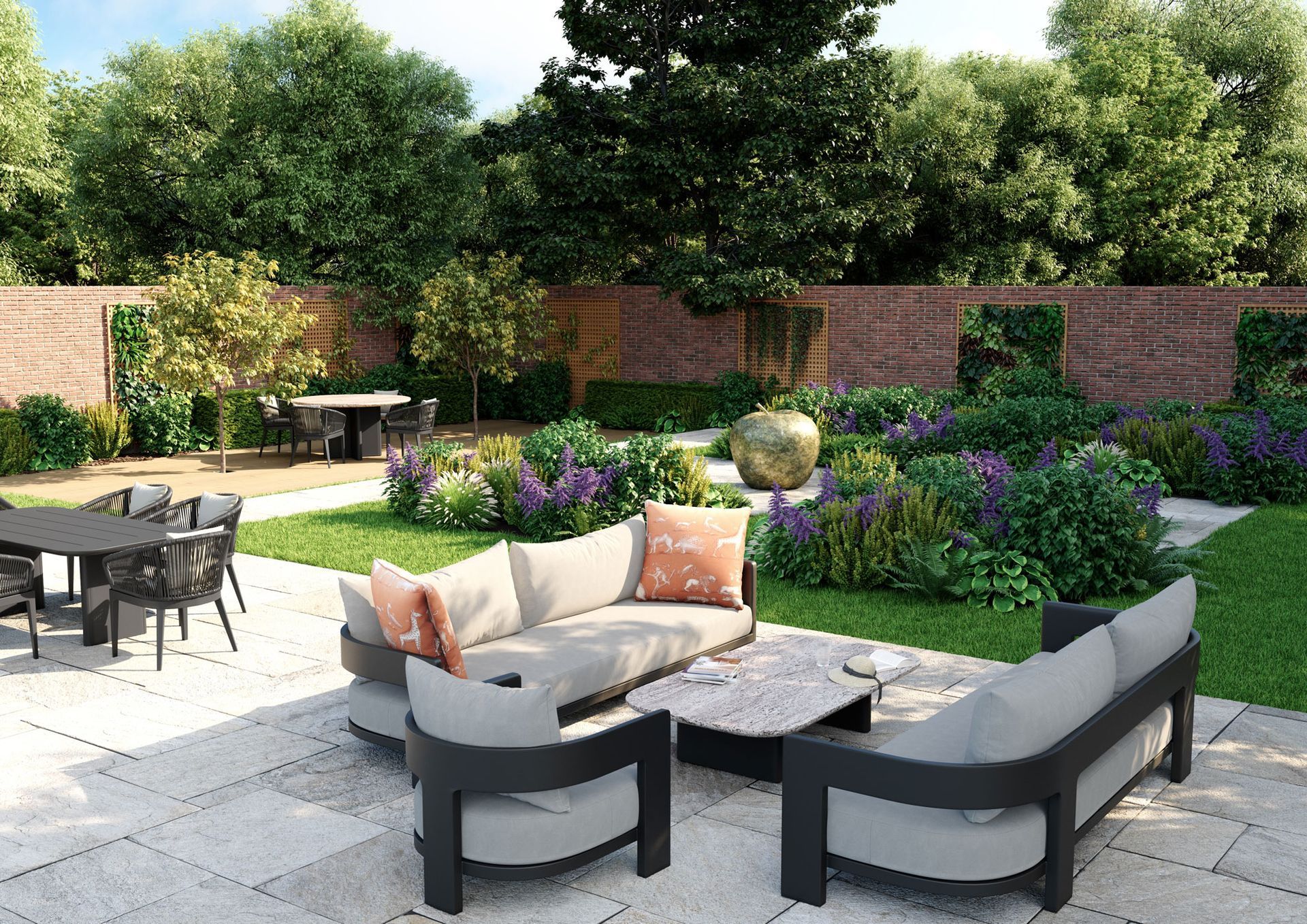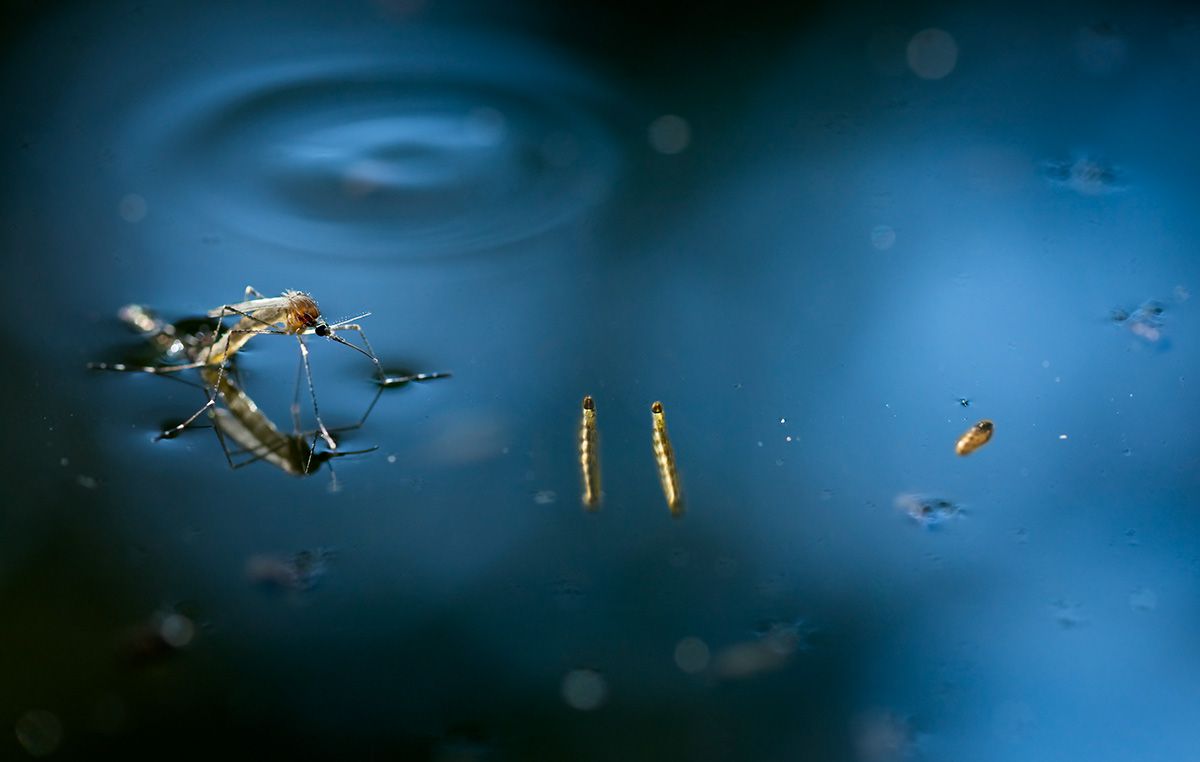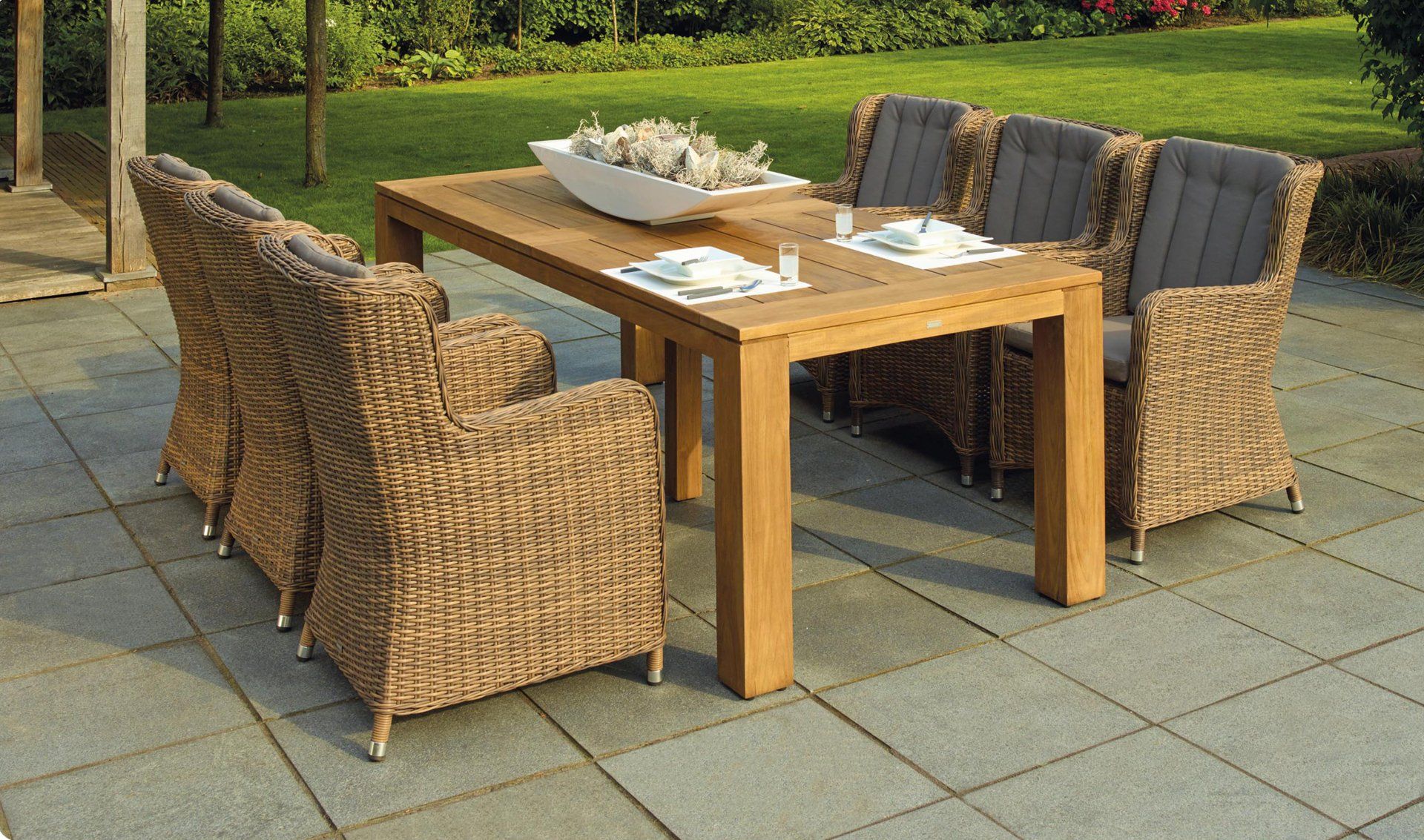7 Must-Have Plants for Your Bee-Friendly Garden
If you're passionate about supporting honey bees and want to contribute to their well-being, there's no better way to do so than by creating a wildflower-rich garden with plenty of nectar and pollen sources.
Honeybees play a vital role in pollinating plants, which is crucial for our ecosystem and agriculture. In this blog, we'll explore the fascinating world of honeybees, what they use pollen and nectar for, and introduce you to seven fantastic plants that will help you nurture these essential pollinators.
Why Honey Bees Love Your Garden
When you see a bee hovering around your beautiful flowers, it's not necessarily on a mission to pollinate that particular plant, although that's a delightful side effect. Instead, the bee, and its entire colony, are simply seeking sustenance. Bees use two primary resources found in flowers: nectar and pollen.
Nectar: The Sweet Sip of Energy
Nectar serves as a vital source of carbohydrates for honey bees. Think of it as their energy drink. Bees use their specialized tongues to suck up nectar from the heart of flowers. Once they've collected this sweet substance, they'll store it in their honey stomach, a separate compartment that keeps it from mixing with the digestive enzymes used for breaking down food.
Pollen: Nature's Protein and Fat
In addition to nectar, honey bees require a balanced diet that includes protein and fat. This is where pollen comes into play. Bees have unique adaptations to collect and transport pollen efficiently. They use their legs to form "pollen baskets," which are concave structures located on their hind legs. These baskets allow bees to carry pollen back to the hive.
The collected pollen is not for immediate consumption but rather an ingredient in a more complex culinary process. Back at the hive, worker bees store the pollen in hexagonal cells within the comb. Over time, this pollen is fermented and turned into a substance known as "bee bread." Bee bread serves as a protein-packed superfood for the hive's brood, nourishing the developing bee larvae.
7 Bee-Friendly Plants for Your Garden
Bee balm (Monarda fistulosa)
This plant is called “bee balm” because it was once used to treat bee stings. Also known as Wild Bergamot, is a perennial herb native to most of the United States and Canada. It grows in open forests, meadows, and ditches, and is tolerant of full sun or part shade. Bees are really obsessed with the flowers and most are aromatic. They have flowers that bloom for up to eight weeks.
Life Cycle: Perennial, biennial
Season:
Spring
Light Requirement:
Full sun, part sun
Soil Moisture:
Dry, moist
Purple coneflower (Echinacea purpurea)
This beautiful perennial attracts honey bees, hummingbirds, and butterflies! Purple Coneflower has a rich history of medicinal use that has resulted in its over harvesting and decline in its natural habitat, centered in Illinois, Missouri and Arkansas. The few established populations in Virginia and Pennsylvania appear to be escapes from cultivation but they have done well in our climate. Be sure to water them until they become established. This plant can grow between two to five feet tall if you avoid planting it near other plants. Purple coneflower requires moisture and doesn’t do well in dry conditions.
Life Cycle:
Perennial
Season: Late spring, summer
Light Requirement: Full sun, part sun
Soil Moisture:
Moist
White wild indigo (Baptisia alba)
White wild indigo grows two to four feet tall and can tolerate clay, gravel, and poor soil. This plant thrives with sun and occasional watering but can handle seasonal droughts or flooding. After the winter, it will go dormant until the following spring. Despite a lack of floral scent, bumblebees love to visit the flowers, and fight their way inside the bulbous flower petals. It has alternate leaves, divided into three leaflets that are pointed at each end. Many species of caterpillars eat the leaves. Adult wild indigo weevils consume the plant and their young live in the seedpods and eat the seeds. In addition to bees, white wild indigo attracts frosted elfin butterflies and the block-spotted prominent moth. If you can’t find white wild indigo in particular, any wild indigo will do. While this species is indicative of the tallgrass prairie, it will also occur in open woodlands and roadsides. Its range is centered in the Midwest, extends south to Texas and Florida. It is extremely deep rooted and will persist in pastures and fields as it is poisonous and cattle tend to avoid it. In fact, we do warn you that this plant has been fatal to cows and can be irritating to humans if ingested. Sensitivity to a toxin varies with a person’s age, weight, physical condition, and individual susceptibility. Toxicity can vary in a plant according to season, the plant’s different parts, and its stage of growth; and plants can absorb toxic substances, such as herbicides, pesticides, and pollutants from the water, air, and soil.
Life Cycle: Perennial
Season:
Spring
Light Requirement:
Full sun, part sun
Soil Moisture:
Dry, Moist
Black-eyed susan (Rudbeckia hirta)
For our more plant challenged friends, this is a fantastic option as black-eyed susan requires very little care. It does okay in dry soil and mature plants are able to tolerate clay, rocky soil, heat, and drought. Just like the other plants on this list, it’s a great source of nectar for other native pollinators including the bordered patch butterfly. It is native in DC and MD, adventive in DE, and scattered about PA, but mostly concentrated in the western part of the state. It is common throughout Virginia.
Life Cycle: Annual
Season:
Summer
Light Requirement: Full sun, part sun
Soil Moisture:
Dry, moist
Marsh blazing star (Liatris spicata)
Liatris is a tall perennial that is native to Virginia and prefers moist ground. You will find it in low meadows and along the edges of ponds and wetlands. This striking native plant can take a few years to grow from seeds, but their eye-catching appearance is worth the wait. If this idea of starting from a seed intimidates you, there are a few online shops that sell the bulbs.
Life Cycle: Perennial
Season: Summer
Light Requirement: Full sun
Soil Moisture:
Moist
Joe-pye weed (Eutrochium purpureum)
As reflected in one of its common names, this shorter Joe-pye-weed is native to the Coastal Plain and can be found in eastern swamps, shores, and wet meadows. It also is found in Virginia's Loudoun County, Delaware's Piedmont, and a couple of interior Pennsylvania counties. As we move into the fall, bees need a source of nectar that lasts late into the season. That’s where joe-pye weed comes in. It’s extremely aromatic, meaning it’ll attract bees and plenty of other pollinators including hummingbird moths.
Life Cycle: Perennial
Season:
Fall
Light Requirement: Full sun, part sun
Soil Moisture:
Dry, moist
Wrinkleleaf goldenrod (Solidago rugosa)
Similar to black-eyed susan, wrinkleleaf goldenrod is very hardy. It can thrive even in poor, dry soils. People often blame goldenrod for causing hay fever (aka seasonal allergies) but they’re mistaking it for ragweed which blooms at the same time. It is a popular native wildflower seen in Virginia. It grows 3 to 4 feet tall and has lacy flowers blooming on plume-like panicles (loose, branching clusters). Moist soils are preferred with partial to full sun.
Life Cycle: Perennial
Season: Late summer, fall
Light Requirement: Full sun, part sun
Soil Moisture:
Dry, moist
We focused on native plants and perennials in this blog but if you have trouble finding any of them, don’t let that stop you from creating your garden! Easy to find plants that honeybees love are easy to find. Consider mint, lavender and basil! Planting a few of the flowers above goes a long way in helping bees!
Congratulations on taking your first step toward creating a pollinator-friendly garden! It can feel overwhelming at first...there’s a lot of information out there! We promise once you get your first glimpse of a honeybee or butterfly drinking from a flower that you planted you’ll feel so excited. .
Here are some resources that might also help in your honeybee journey:
Xceres Society Guide to Pollinator Plants for the Southeast Region
Comprehensive List of Plants at the "Pollinator Paradise" Garden at Chatham Mills
Video Garden Tour by NC Cooperative Extension
And remember,
we are always here to help with your landscaping needs and turning your backyard into an outdoor oasis!

